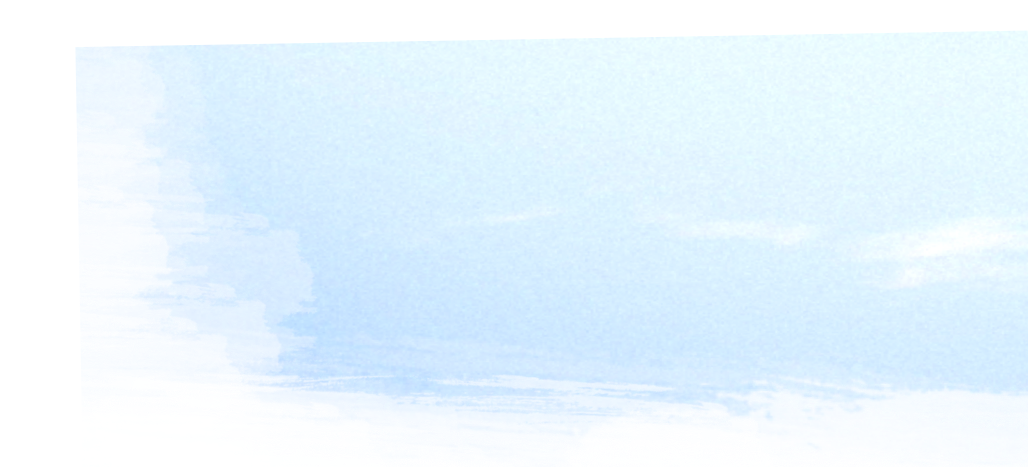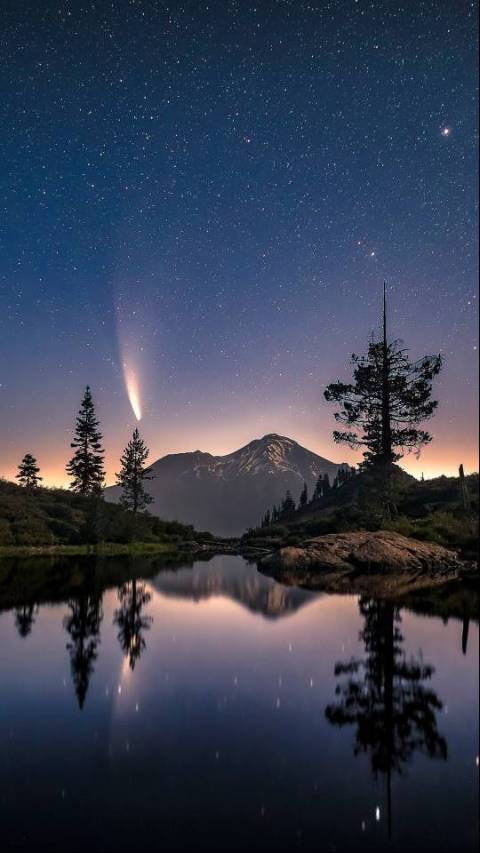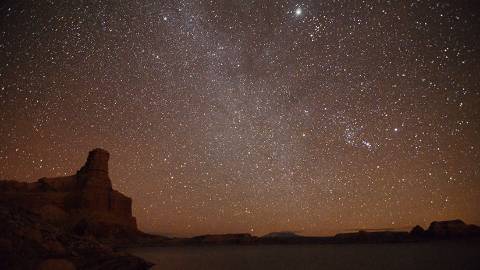Welcome to the new SMC Planetarium
Offering a brand new look at the universe.
The Night Sky Show
6 p.m.
The Night Sky Show highlights news in astronomy and space exploration and uses imagery projected on the planetarium's dome to present a “tour” of where to look for constellations and other night-sky celebrities making their appearance in the evenings ahead. A brief audience Q&A follows the show.
There will be a short intermission prior to the start of the evening's Feature Program at 7 p.m.
Feature Programs
7 p.m.
The planetarium's Feature Programs explore particular topics of interest, such as the Sun or finding exoplanets. A brief audience Q&A follows the show.
NEW! Sunday Matinées
1 p.m.
The planetarium offers Sunday Matinées from time to time, presenting the week's Night Sky Show and a brief audience Q&A. See the listings in Upcoming Programs for details.
Upcoming Programs
All Upcoming Shows
Feature Programs
Welcome to the Universe!
Our solar system is one tiny piece of the universe. We’ll explore the large-scale structure of the cosmic web, then take a closer look at our little region of the Milky Way. A brief audience Q&A follows the show.
Sunday Matinée: The Night Sky Show
Planetarium Lecturer Sarah Vincent will project imagery on the planetarium's 9-meter-diameter dome as she talks about news in astronomy and space exploration and presents a “tour” of where to look for constellations and other night-sky celebrities making their appearance in the evenings ahead. A brief audience Q&A follows the show.
Lunar Tour
All aboard the Lunar Express! We’ll get to know the Moon from orbit then explore some famous craters and Apollo landing sites. A brief audience Q&A follows the show.
Sunday Matinée: The Night Sky Show
Planetarium Lecturer Sarah Vincent will project imagery on the planetarium's 9-meter-diameter dome as she talks about news in astronomy and space exploration and presents a “tour” of where to look for constellations and other night-sky celebrities making their appearance in the evenings ahead. A brief audience Q&A follows the show.
Location of Planetarium
Math and Science Building (MSB 126)
1900 Pico Boulevard
Santa Monica, CA 90405
Campus Map





